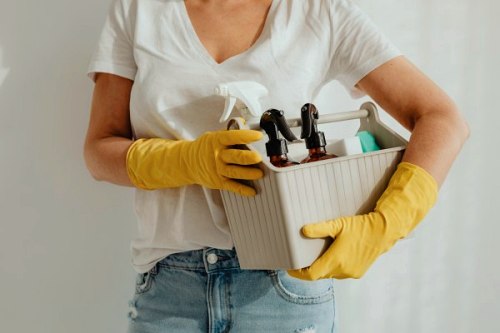
If you're looking for tips on preparing the carpets in your Colorado home for spring cleaning, you're in the right place. Below we'll provide you with a comprehensive checklist of spring carpet cleaning tips you can use to make sure the carpets in your Arvada home look great heading into the warm weather months. So without further ado let's dive into it.
Our Spring Carpet Cleaning Checklist
Before we get into the details of our spring cleaning checklist for your carpets, let's look at some of the reasons it's important to clean the carpets in your home to get them ready for the warm weather.
Extend the Life of Carpets
If carpeting is properly cared for it will provide many years of reliable service. Conversely, not performing necessary maintenance on the carpets can dramatically shorten their useful lifespan. Every piece of dirt, every grain of salt from snow and ice, every grain of pollen and more brought into the house during the winter that's hiding in the carpet will act like sandpaper when someone steps on it, grinding away at the fibers and making them susceptible to rot, mold and decay. While carpet repair can help with some of it, most of the damage will be permanent.
Reduce Allergens and Irritants in the Air
A lot of the dust, pollen, pet dander and other allergens and irritants in the carpet don't stay there. Often times they become airborne when people walk or drag their feet on the carpet and are then inhaled by the unsuspecting. These airborne allergens can make asthma symptoms worse, cause red, itchy eyes and cause those who spend significant time in the house to develop allergies. By cleaning your carpets in the spring you will greatly improve your home's indoor air quality.
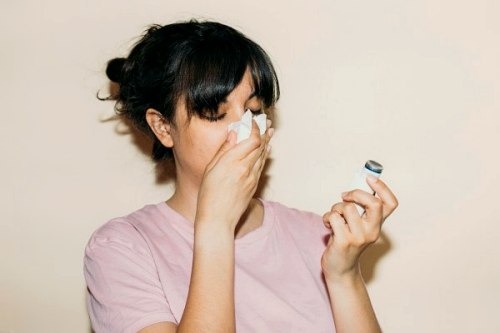
Eliminate Mold and Mildew
All it takes is for a little bit of that slush that's tracked in from outside to soak into the carpet and soon you'll be playing host to a colony of mold or mildew, or both. During their growth cycles these fungi release volatile organic compounds (VOCs) that produce an unmistakable musty odor. It's not uncommon for homes with extensive carpeting to end the winter with mold and mildew lurking in the pile. Fortunately, our truck-mounted steam cleaning machine can root it out and eliminate it.
volatile organic compounds (VOCs) – airborne chemicals that originate from both natural sources and human-made products, playing a role in smog formation and respiratory irritation.
Combine Carpet Care With Other Spring Cleaning
If your spring cleaning includes washing windows, cleaning the kitchen, dry cleaning the drapery and such, but does not include carpet and rug cleaning then sorry to say but you're only doing half a job. What good are clean drapes and upholstery if the carpet still smells moldy and displays stains produced by mud and dirty snow tracked in during the winter?

Prevent Stains From Becoming Permanant
The longer stains produced during the winter remain in place the harder it will be to remove them. Ideally, you would treat a spot created by spilled liquid or dropped food immediately. But if the spill was only given a cursory dab with a paper towel it's going to leave a stain and that stain will become harder to remove with each passing day. One of the best reasons to clean your carpets in the spring is to track down and eliminate these winter stains before you have to move furniture to hide them.
Spring Cleaning Checklist for Your Carpeting
Now that we have a better idea of why it is so important to give your carpets a thorough cleaning in the springtime let's run through the steps involved in preparing your carpeting for that comprehensive cleaning.
Step One:
Remove any clutter from the carpeting. This includes sofas, chairs, end tables, coffee tables and anything else that is currently sitting on the carpeting. Removing these items first will also prevent interruptions during the cleaning process and allow for better access to corners and edges.

Step Two:
Check for any stains that appeared since the last time you cleaned the carpets. You are probably aware of some but there may be others you are not aware of that were skillfully hidden by the perps. Use natural light or a flashlight to reveal less obvious stains, and consider making a checklist for tracking treated areas.
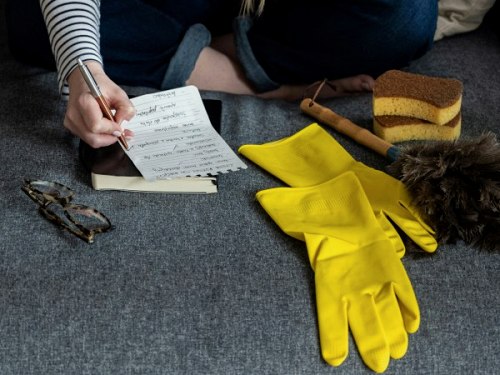
Step Three:
Dust any surfaces adjacent to the carpet so that after the carpet is clean dust from these areas doesn't settle back onto the newly clean carpeting. Wipe down baseboards, vents, furniture legs, ceiling fans and windowsills to maintain cleanliness and reduce immediate resettling of dust.

Step Four:
Vacuum the carpeting thoroughly making sure to go over high-traffic lanes more than once to ensure you captured as much dirt and debris as possible. Use slow, overlapping passes and vacuum at different angles to loosen embedded particles and hair trapped deep in the fibers.
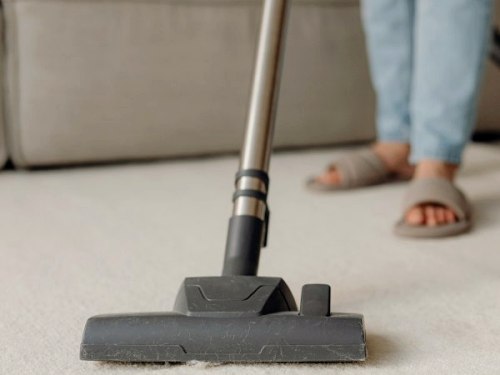
Step Five:
Once the carpet is vacuumed thoroughly and you have a clearer view of the stains, spot treat them with a commercial stain remover or a DIY solution like vinegar and baking soda.
Allow the cleaner to sit for several minutes before blotting or scrubbing, and always test in an inconspicuous area first to avoid discoloration.
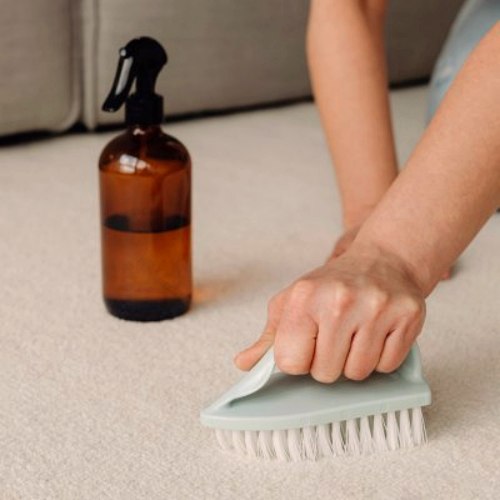
Step Six:
The next step is to decide whether you want to use a carpet shampooer or a wet vac. While the two share some similarities they are not the same. Review the following table to see how both options compare. Shampooers clean with detergent and water while wet vacs focus on extraction—choose based on your carpet’s needs and your experience level.
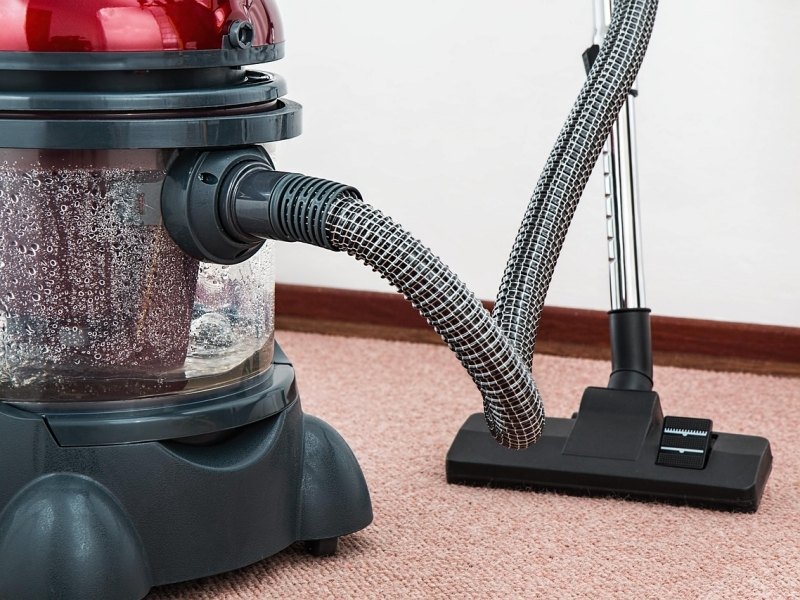
Be careful which one you choose and make sure you understand exactly how to operate it before you start. Read the user manual thoroughly or look up video demonstrations if it’s your first time using the machine.
Step Seven:
Clean a test area to make sure you understand the equipment. If the test area doesn't look as good as you hoped, do a bit of tweaking to your process until you get the desired result. This also gives you a chance to detect any issues with the cleaner’s function or your cleaning solution mix before tackling larger spaces.
Step Eight:
Make sure the room where you'll be cleaning the carpet is well-ventilated. That means opening as many windows as possible and if necessary using fans to create airflow. Good ventilation helps the carpet dry faster and reduces the risk of musty odors or mildew forming after cleaning.

Step Nine:
Make sure you allow enough time for the carpeting to dry thoroughly before anyone walks on it. Walking on damp carpet can flatten the pile or reintroduce dirt, so cordon off cleaned areas until completely dry.
While it's possible you may be able to achieve a high degree of clean using rented equipment the odds, frankly, are against you. A better idea is to enlist Steve's Carpet Care & Restoration. Our truck-mounted steam cleaning machine uses very little water, scouring your carpet to the base and drying very quickly compared to other cleaning methods.
"Steam cleaning uses heat vapor and pressure to draw out all of the muck and grime. A professional steam cleaning followed by no drying treatments can take 48 to 72 hours to dry completely. If you select [shampoo cleaning], expect the carpet to dry after 6 to 10 hours."
SOURCE: Angi Solution Center
Steve's Carpet Care: The Gold Standard of Carpet Cleaning Companies in Arvada
Spring carpet cleaning is essential in order to ensure carpeting always looks its best and to ensure its longevity. If you decide to clean your carpets yourself using rented equipment make sure you have the above step-by-step guide handy in order to give yourself the best possible chance of producing an outstanding result.
Explore Our Carpet Cleaning Services
Learn more about the residential & commercial carpet cleaning services we offer throughout the Denver metro area.And if the idea of spring cleaning your carpets yourself doesn't appeal to you, get in touch with Steve's Carpet Care & Restoration by calling 303-530-4900.
